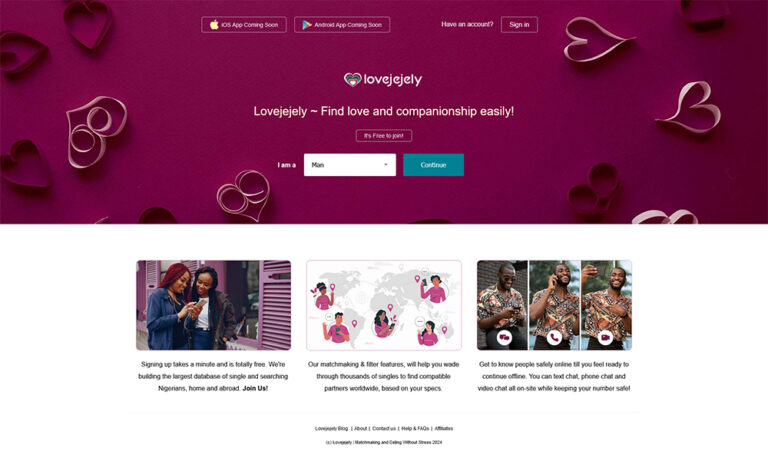
Love and lust are distinct yet interconnected emotions, and they often co-exist in romantic relationships. Understanding the differences between love and lust can contribute to healthier and more meaningful connections. Here are key distinctions between the two:
Love:
- Emotional Connection ~ Love involves a deep emotional connection that goes beyond physical attraction. It encompasses affection, care, and a genuine concern for the well-being of the other person.
- Long-Term Commitment ~ Love often involves a commitment to a long-term relationship. It includes a willingness to invest time, effort, and resources into building and sustaining a connection.
- Intimacy ~ Love includes emotional, intellectual, and spiritual intimacy. It goes beyond physical intimacy and involves a profound understanding and connection at various levels.
- Acceptance of Imperfections ~ Love is accepting of the other person’s flaws and imperfections. It involves appreciating the individual for who they are, embracing their uniqueness, and supporting their personal growth.
- Mutual Respect ~ Love is built on mutual respect. It involves recognizing and valuing the autonomy, opinions, and boundaries of the other person.
- Empathy and Compassion ~ Love includes empathy and compassion. It involves understanding and caring about the other person’s feelings, needs, and experiences.
- Stability and Security ~ Love contributes to a sense of stability and security in the relationship. It provides a foundation for trust, open communication, and a shared commitment to facing challenges together.
- Unconditional ~ True love is often described as unconditional, meaning that it persists despite challenges or changes in circumstances. It is accepting and enduring.
Lust:
- Physical Attraction ~ Lust is primarily driven by physical attraction and desire. It is focused on the immediate and often intense physical aspects of a person.
- Short-Term Focus ~ Lust tends to be more short-term and is often characterized by intense, immediate attraction. It may not necessarily involve a long-term commitment or emotional connection.
- Limited to Physical Intimacy ~ Lust is often confined to physical intimacy, with less emphasis on emotional or intellectual connection. It may prioritize the physical aspects of a relationship over deeper emotional bonds.
- May Lack Emotional Depth ~ Lust may lack the emotional depth associated with love. It might be more fleeting and focused on the excitement of the moment.
- May Not Involve Mutual Respect ~ While respect is crucial in any relationship, lust may not necessarily involve the same level of mutual respect and understanding that love does.
- Can Be Influenced by Physical Appearance ~ Lust can be heavily influenced by physical appearance. It may be driven by the immediate physical allure of a person rather than a deeper understanding of their character.
- May Lack Commitment ~ Lust may not always involve a commitment to a long-term relationship. It might be more spontaneous and driven by immediate desire.
- Focused on Gratification ~ Lust is often centered around the desire for personal gratification and pleasure. It may be less concerned with the overall well-being and fulfillment of the other person.
It’s important to note that love and lust are not mutually exclusive, and many relationships involve a combination of both elements. Balancing physical attraction with emotional connection can contribute to a more fulfilling and sustainable relationship. Healthy relationships often evolve from an initial attraction (lust) into a deeper and more meaningful connection (love).
Other Articles
Next
27 January 2024
Overly-Picky? How to stop sabotaging your love life
Previous
27 January 2024




